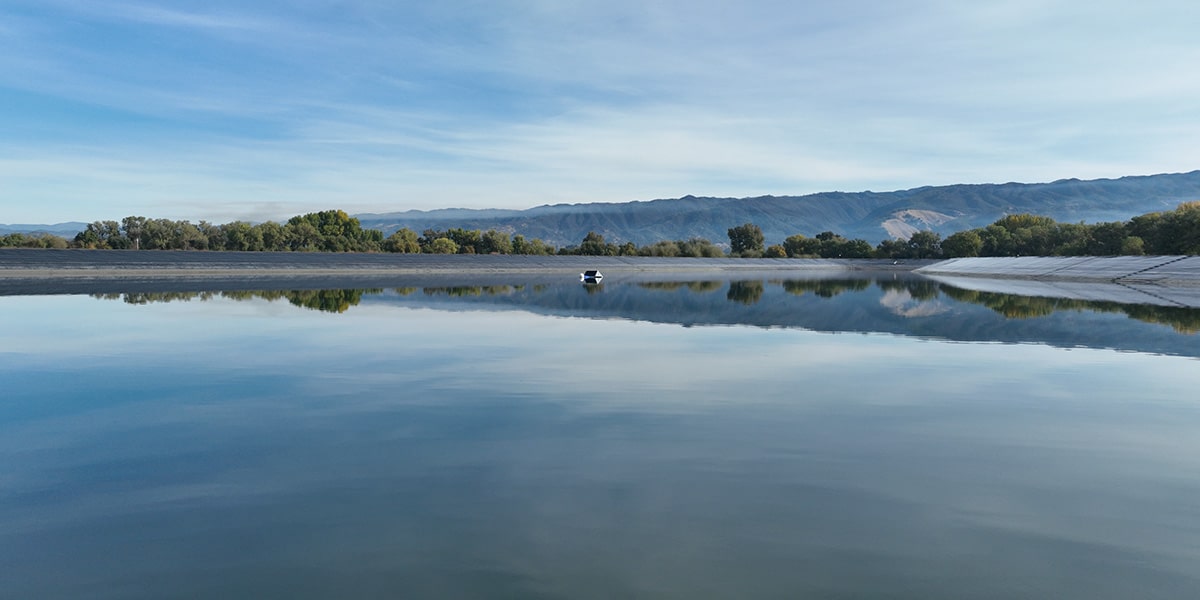The health of our planet’s water bodies is critical for sustaining diverse ecosystems and, by extension, life itself. In recent years, the restoration of water quality in lakes and other freshwater systems has become increasingly urgent due to the escalating problem of eutrophication. This article will explore the transformative impact of LG Sonic’s ultrasonic technology in restoring water ecosystems.
Eutrophication and dead zones underwater
Eutrophication, the process of excessive nutrients, particularly nitrogen and phosphorus, enriching water bodies, leads to rampant algae growth. This phenomenon affects numerous lakes worldwide, creating dead zones where aquatic life cannot survive due to lack of oxygen. These zones, a direct result of algal overgrowth followed by decomposition, create anoxic conditions detrimental to most aquatic species. Current statistics suggest a troubling increase in eutrophic lakes, with dead zones becoming a common occurrence in many freshwater and marine ecosystems.
The downside of traditional lake treatments
Traditional methods to combat eutrophication and algae overgrowth, such as the use of chemicals, often exacerbate the problem. Chemical treatments can further disrupt the ecological balance, harming non-target species and leading to a cascade of ecological consequences. In some cases, these methods temporarily reduce algae but fail to address the root causes of eutrophication, leading to a recurring problem. Additionally, chemical residues can accumulate in the sediment, causing long-term environmental harm.
Transforming with ultrasound: LG Sonic’s approach
LG Sonic’s technology introduces a revolutionary approach to algae control and ecosystem restoration. Utilizing specific ultrasonic frequencies, this method targets the cellular structure of algae, preventing their overgrowth without adversely affecting other aquatic life. This precision approach helps restore the lake’s natural balance over time. The technology works in harmony with the ecosystem, gradually reducing algal blooms and allowing native aquatic plants and animals to reclaim their habitat. This method is non-invasive and sustainable, ensuring no harmful chemicals or physical alterations disrupt the lake’s natural processes.
Restoring benthos and sediment
Post LG Sonic intervention, one of the first signs of recovery is observed in the benthos and sediment. The reduction in algal blooms leads to less organic matter settling on the lake bed, thereby reducing hypoxia in sediment layers. This improvement in sediment quality plays a pivotal role in the resurgence of benthic organisms, essential for nutrient cycling and as a food source for higher trophic levels.
Revival of aquatic vegetation
Aquatic vegetation, often smothered by excessive algae, begins to thrive once the algal dominance is mitigated. These plants are crucial for maintaining water clarity, preventing soil erosion, and providing habitat and food for numerous aquatic species. Their recovery is a key indicator of a healthy aquatic ecosystem.
Elimination of dead zones
One of the most significant outcomes of LG Sonic’s technology is the elimination of dead zones. As the balance between algae and aquatic plants is restored, oxygen levels in the water improve, reviving areas that were previously anoxic. This change is vital for the survival and proliferation of a variety of aquatic species, from invertebrates to fish.
Presence of all species
The ultimate goal of any ecosystem restoration is the return and maintenance of biodiversity. Post-restoration, there is typically a gradual increase in species diversity, including the return of species that may have been driven out due to the previous imbalanced conditions. This biodiversity is crucial for the resilience and sustainability of the ecosystem. Our case study in Nicaragua has vividly demonstrated how our technology breathes new life into Laguna de Tiscapa, revitalizing its aquatic ecosystem.
The restoration of a water body post LG Sonic intervention is a gradual but transformative process. It symbolizes a shift from merely controlling symptoms (like algal blooms) to fostering a balanced, thriving ecosystem. This recovery, demonstrated by the rejuvenation of benthos and sediment, the revival of aquatic vegetation, the eradication of dead zones, and the enhancement of biodiversity, stands as a strong endorsement of sustainable, technology-based environmental solutions. The success of these interventions shines as a guiding light in our continuous endeavors to rehabilitate and safeguard our planet’s invaluable aquatic ecosystems.
